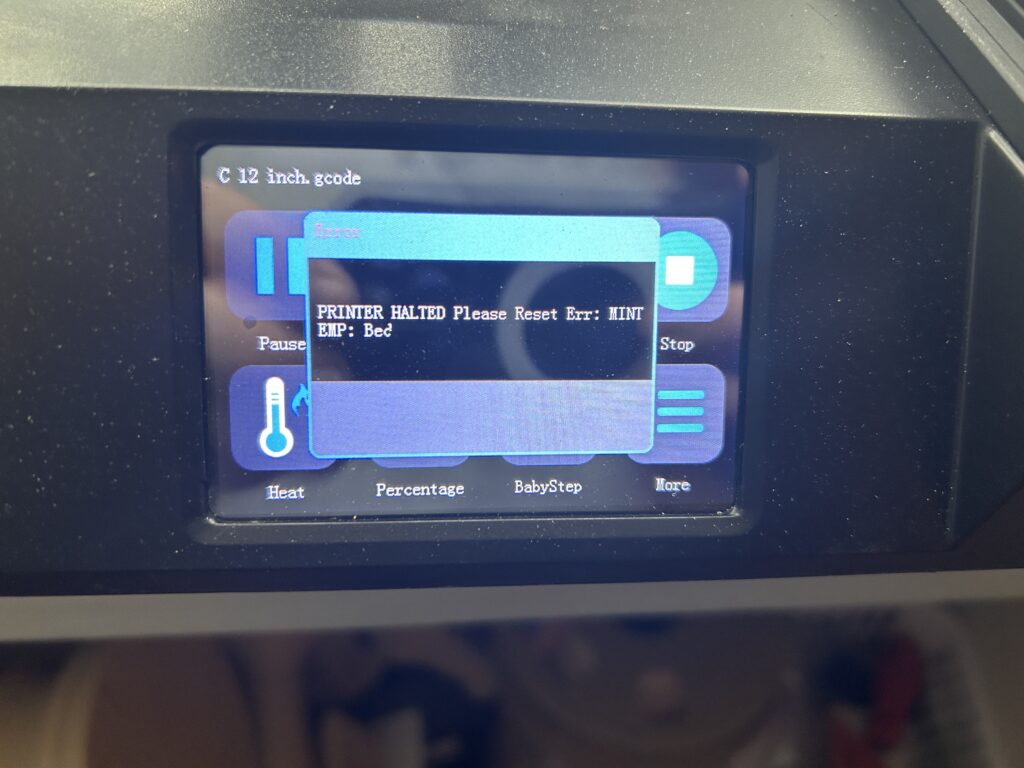Pay-per-click (PPC) advertising is a highly effective digital marketing strategy that enables businesses to drive targeted traffic and achieve specific marketing goals. Google Ads is a popular platform for PPC advertising. In this article, we will explore the advantages of PPC advertising with Google and provide valuable insights to help you optimize your online campaigns.

1. Targeted Marketing
Google Ads offers extensive targeting options to reach your desired audience accurately. You can target specific keywords, demographics, locations, and devices. By defining your target audience and selecting relevant targeting parameters, you can ensure that your ads are displayed to the right users, increasing the chances of driving qualified traffic to your website.
2. Cost Management
One of the major benefits of PPC advertising is the ability to control your budget. With Google Ads, you can set daily or monthly budgets for your campaigns and pay only when someone clicks on your ad. This cost control mechanism allows you to effectively manage your advertising expenses and allocate your budget based on campaign performance.
3. Instant Visibility
Unlike other marketing strategies, PPC advertising delivers immediate visibility and drives traffic to your website. Once your campaigns are set up and approved, your ads start appearing in search results, increasing brand exposure and prompting potential customers to take action.
4. Measurable Results
Google Ads provides comprehensive analytics and reporting tools to track the performance of your PPC campaigns. You can monitor metrics such as clicks, impressions, click-through rates (CTRs), conversions, and return on investment (ROI). This data allows you to evaluate campaign success, identify areas for improvement, and make data-driven decisions to optimize your advertising efforts.
5. Customization and Flexibility
Google Ads offers various ad formats and customization options to create engaging ads. Whether you choose text ads, display ads, video ads, or responsive ads, you can customize your creative content to align with your brand’s messaging and objectives. Experiment with different ad variations, headlines, and call-to-action buttons to find the most effective combinations for your target audience.
6. Remarketing Strategies
With Google Ads, you can leverage remarketing to re-engage users who have previously visited your website. By placing a tracking pixel on your site, you can display targeted ads to these users as they browse other websites or search on Google. Remarketing helps you stay top-of-mind with potential customers and increase conversion opportunities.
7. Continuous Optimization
PPC advertising on Google requires ongoing monitoring and optimization for optimal results. Regularly analyze campaign performance, identify underperforming keywords or ads, and make necessary adjustments. Test different variations, keywords, and landing pages to find winning combinations that drive conversions and maximize ROI.
In conclusion, PPC advertising with Google is a powerful strategy to drive targeted traffic, enhance brand visibility, and achieve marketing objectives. By utilizing Google Ads’ advanced targeting options, cost management features, and performance tracking capabilities, you can create effective online campaigns that yield tangible results for your business.
To get started with PPC advertising on Google, sign up for Google Ads and explore the available features and options. Remember to continuously monitor and optimize your campaigns to ensure long-term success and maximize your ROI.
As an Amazon Associate we earn from qualifying purchases through some links in our articles.




